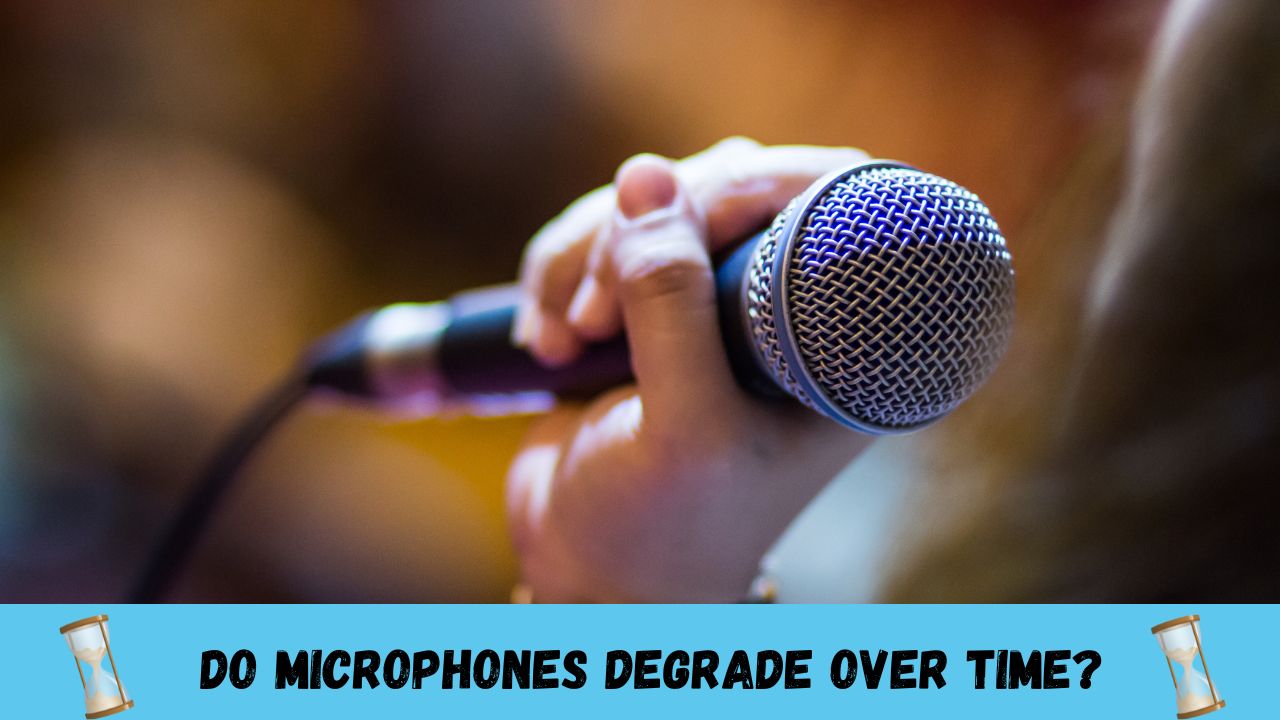Every gadget has a life expectancy that is solely dependent on the quality of the product. Different microphones have different life expectancies. Often we don’t do the requisite before replacing an old microphone with a new one.
So, let us find out how long do microphones last and what decides their life span.
How long can a microphone last?
Generally, a microphone can last for five to ten years. The regular maintenance of higher quality microphones assures a user for using this at least for 30 years.
An inexpensive microphone can last for a few years and take less time to degrade.
You can purchase a high-end microphone like Neumann, and it can last for a longer time due to the use of high quality construction material.
Factors that determine the lifespan of a microphone:
The two pivotal factors that determine the lifespan of a microphone are the extent of care taken and the type of microphone in question. The conditions in which you store or use the microphone can tell you how fast it shall get damaged.
You must protect it from dust when not used and guarded against humidity. You should also carry it in a padded case during travels. Undoubtedly, you should also pay attention to the manufacturer’s instructions to keep safe and maintain your microphone.
Nextly, as mentioned before, microphones can be of different types. Some have tubes that need to be replaced from time to time.
Others have modern designs, and all parts are assembled most sturdily. Some microphones may have parts that have been molten hot glue. All require different degrees and ways of maintenance if you want it to last long.
Reasons for microphone damage:
The real concern here is whether microphones degrade over time or not. If so, how can microphones get damaged? To answer this query, you can be assured that the process of degradation for microphones is very slow. Now I will give you some insight into what damages a microphone. The reasons are as provided :

- Repetitive normal mechanical friction
- Humidity
- Corrosion
- Overheating
- Gas leakage from vacuum tubes
- Loss of charge
- Dust and smoke
- Repetitive electrical flow
- Physical trauma
Microphones are made of several parts. Some of which get damaged before others. The parts that are more prone to damage are early electret capsules, ribbon diagrams, and vacuum tubes. The ones that wear out slowly are the printed circuit boards, condenser capsules, and switches.
Some parts of a microphone undergo the least damage. They are the magnets, the moving-coil diaphragms along with their conductive coil, and transformers. The microphone’s outer shell and its accessories, such as mic stands and mic clips, are exposed to normal wear and tear.
When you should get a new microphone?
Several factors have been hyped by manufacturers, media, and sponsors that may push you to upgrade your microphone. So, I have got you covered with the precise reasons that you need to remember when you ask yourself when you should get a new microphone? The first one has to be the sound quality which should be flattering for your voice.
Nextly, if you travel and record, you must have a sturdier microphone that is ideally noise canceling. Also, where the client demands a certain quality that had been recorded on a different microphone, you may need a replacement.
Considering that you are aware that you need an upgrade from a cheap microphone with average performance to a standard version, you may opt for the upgrade.
Lastly, if you are into vlogging, it becomes crucial to use a proper microphone that does not spoil the quality of your work.
Certain old vintage microphones had been made to last forever and appreciate over time.
Modern microphones, however, require good care. It involves paying attention to the factors that can affect performance and guaranteed shelf life.
You must take note of how you may ruin a microphone before buying another.
- Dropping or hitting a microphone
- Shifting ribbon microphone in uncovered condition
- Not keeping the microphone safely and stationed
- Not keeping ribbon microphones in a standing position
- Hot patching with phantom power on
- Not allowing a microphone to warm up before using it
- Not placing tube microphones upside down to avoid overheating
- Keeping microphone in humid, dusty, and smoky conditions
- Not keeping microphone at room temperature
Conclusion
Microphones may have an entire user manual for maintenance but are not delicate gadgets that require frequent replacements in general.
Besides following the above list of being attentive towards preserving your microphone, in case of damages, you should directly contact the manufacturing brand. Count on their expert advice on the repair before changing your microphone.





Thanks for your blog, nice to read. Do not stop.
Thanks Mark!